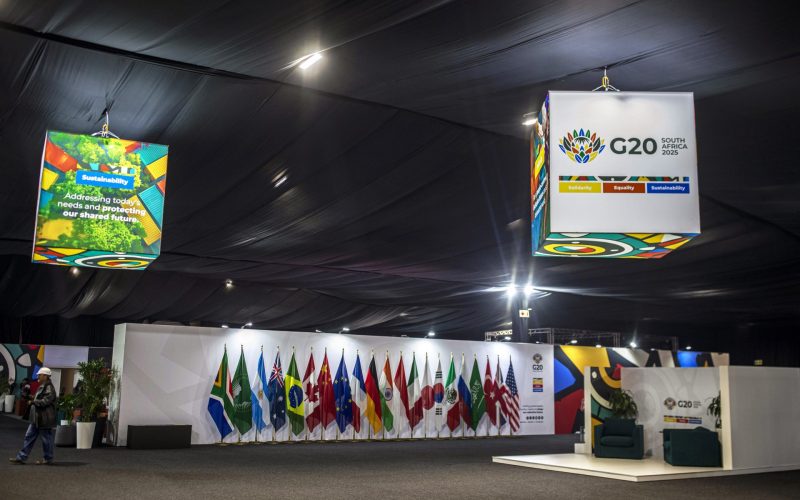In 2004 China’s economy surpassed $1.6 trillion (R6.6 trillion). Economic growth, averaging more than 8 percent annually since free market reforms were instituted in 1978, is driven by the rapid development of the eastern seaboard feeding Japan and the Asian tigers.
Breakneck growth has transformed coastal cities from rice paddies into hi-tech commercial centres.
It is a land of extremes. Beyond the tallest structure in Asia, the smallest microchip and the world’s fastest train, China’s socioeconomic challenges are monumental.
As one moves westward across the country, lagging economic development is in stark contrast to the glitz of the glass skyscrapers that now dominate the Shanghai and Beijing skylines.
Problems of dire poverty, unemployment, insufficient healthcare and lack of education are endemic to China as elsewhere in the developing world. The difference is that in China there seems to be a plan in place to deal with them. More importantly, it is working.
China has reduced the number of people living in poverty from 500 million in 1980 to less than 90 million in 2000, an unprecedented decline.
Economic development is Beijing’s top priority. But China is a much harder place to be if you are not in Beijing, Shanghai or the eastern coastal cities.
The west of the country has been lagging behind. Characterised by autonomous regions – due to the prominent minority groups as opposed to the majority Han, which make up 93 percent of China’s population – the west has been awarded preferential policies to attract investment. The government has introduced a number of poverty alleviation programmes in an effort to target the upliftment of the 300 million people living there.
Examples of decentralised development abound. For instance, in Ningxia province, a dry arid region totally reliant on the Yellow River, 5.9 million people – of which 34 percent are of the Hui minority group – are engaged predominantly in primary activities such as small-scale agriculture, animal husbandry and spin-offs from large coal deposits.
Local officials and ordinary citizens proudly list Ningxia’s progress and achievements over the past 15 years.
The provincial economy is growing at above 10 percent a year and average per capita income, at $940, is edging closer to the national average of just over $1 000, while the poverty level has been reduced from an estimated 70 percent in the early 1980s to about 30 percent.
The state is facilitating urbanisation by converging Ningxia’s sparse population towards the province’s commercial centres to make the population more productive and assist the government with service delivery obligations.
Feeding its massive population with few natural resources is probably China’s greatest challenge.
Beijing subsidises the construction of agrarian-style greenhouses, which are 30 times more productive.
The government has also built canals to bring water from the Yellow River and infrastructure such as roads and electricity. It has even facilitated internet access, allowing farmers to sell their produce through the most modern channels.








